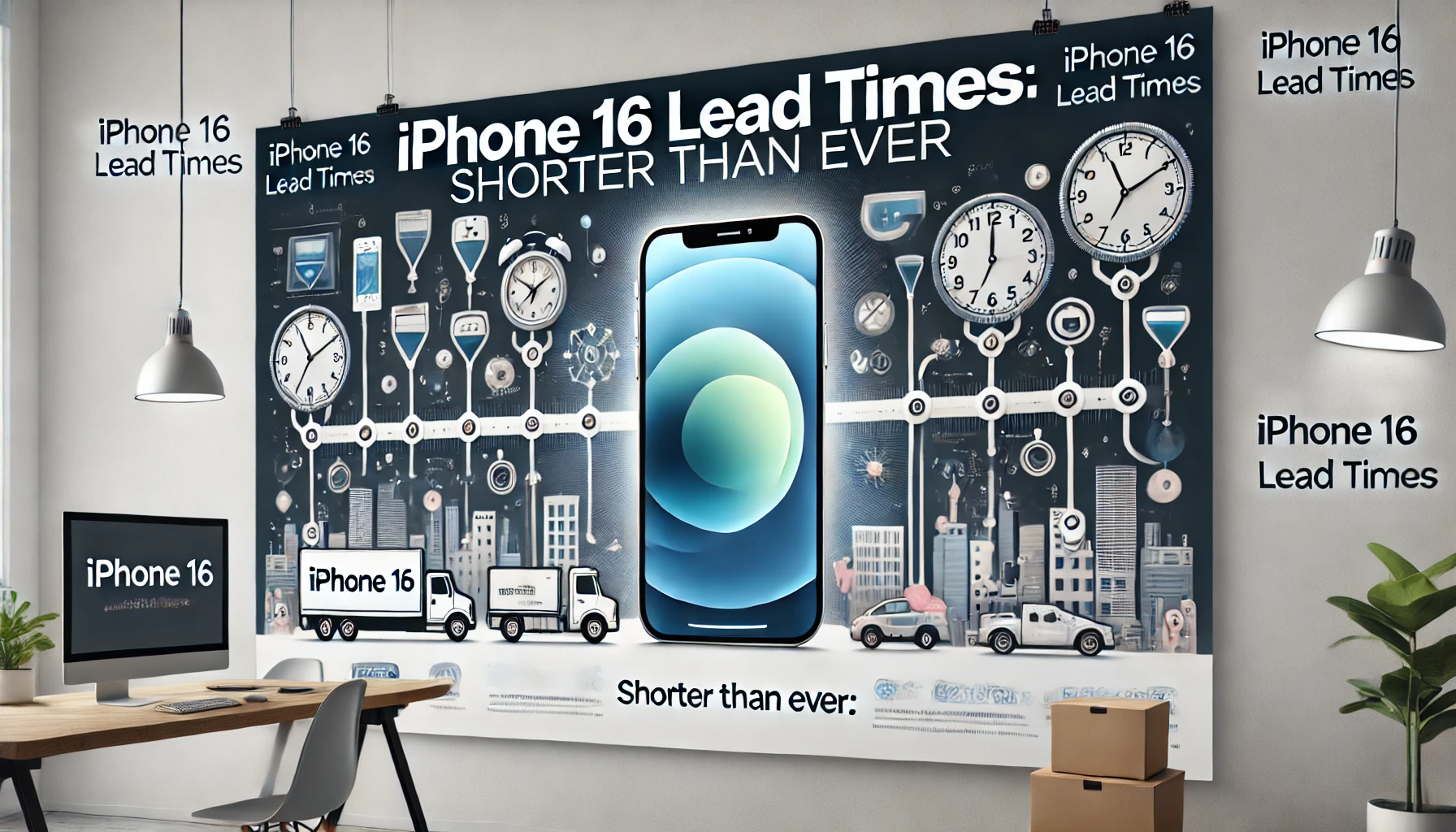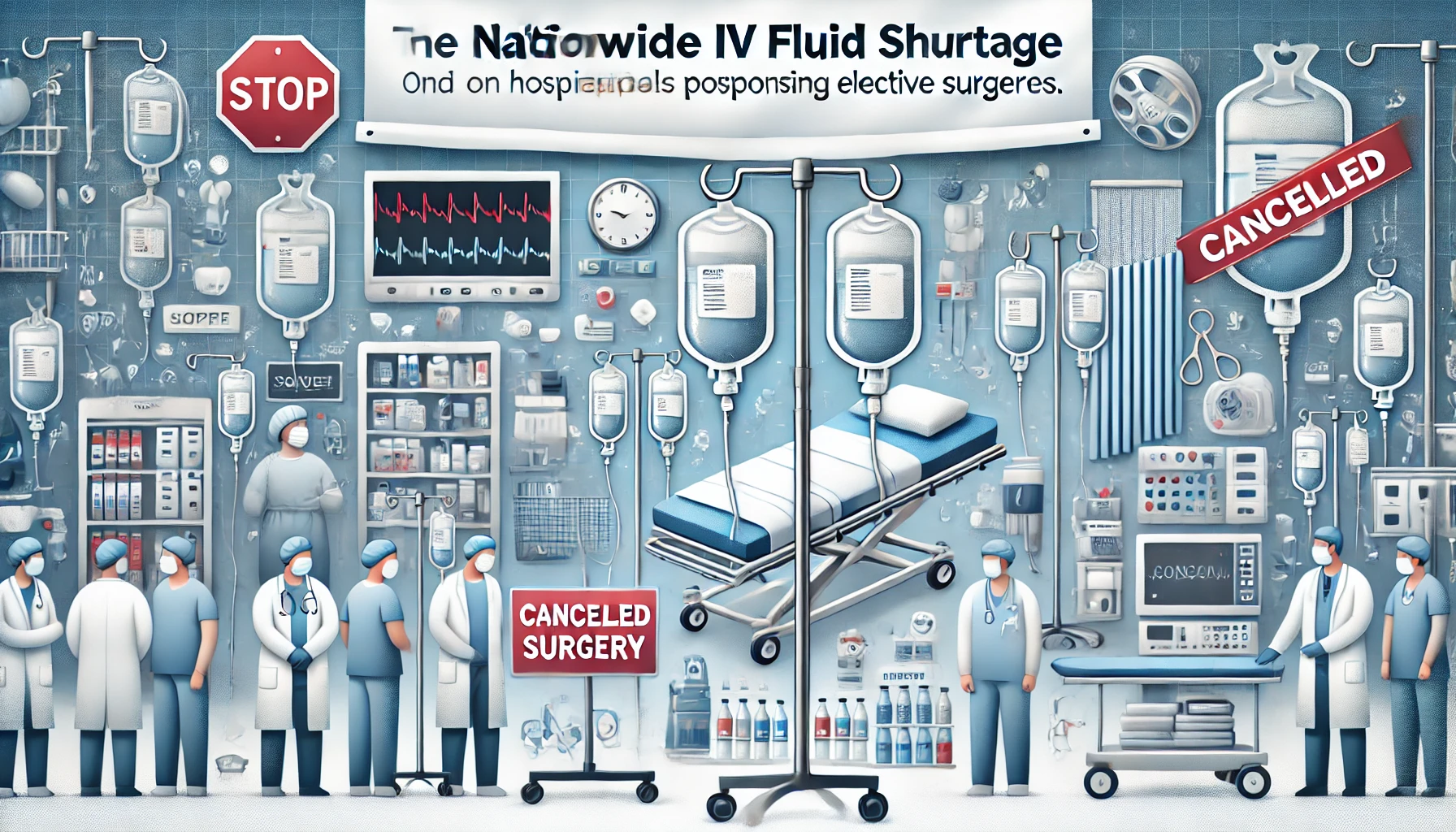iPhone 16 Lead Times and Demand: What the Short Wait Means for Availability
Apple’s iPhone series has always set the standard for smartphone launches, with each new model eagerly awaited by millions. However, the iPhone 16 lead times are tracking below the past three cycles, leaving both consumers and analysts puzzled. Typically, longer lead times, especially for high-end models like the iPhone 16 Pro Max, suggest strong demand. But this year, the relatively short lead times indicate that either Apple has optimized its supply chain, or demand has softened compared to previous models.
In this blog post, we’ll explore why iPhone 16 lead times are tracking lower, what it means for iPhone 16 demand and availability, and how the iPhone 16 compares to its predecessors in terms of sales and market performance. We’ll also examine Apple’s supply chain improvements and their role in this year’s trends.
iPhone 16 Lead Times: What Has Changed?
Shorter Lead Times Compared to Previous Models
The iPhone 16 lead times—the period between placing an order and receiving the product—have been notably shorter compared to previous launches. According to reports from analysts at Morgan Stanley and JP Morgan, lead times for the iPhone 16 Pro Max hover around 14 days, compared to 24 days for the iPhone 15 Pro Max at the same point last year(AppleInsider)(AppleInsider). While this may seem like a win for Apple, indicating improved supply capabilities, shorter lead times can also hint at lower-than-expected iPhone 16 demand.
The most significant drop in lead times has been seen in the iPhone 16 Pro models, which have historically been popular due to their advanced features and higher price points. This year, though, the iPhone 16 Pro lead times are tracking lower than anticipated, raising questions about the enthusiasm for the latest lineup.
Factors Behind Shorter Lead Times
Several factors could explain why iPhone 16 lead times are shorter this year:
- Supply Chain Optimization: Over the past few years, Apple has streamlined its production processes and supply chain management, which may have allowed for more efficient deliveries. Apple has likely refined its forecasting models, aligning production more closely with actual demand(PC-Tablet).
- Economic Uncertainty: With inflation, rising interest rates, and general economic instability, many consumers are delaying expensive purchases. Some buyers are choosing to hold onto their current devices for longer, waiting for more significant upgrades or better economic conditions(AppleInsider).
- Evolving Consumer Preferences: The smartphone market is maturing, and many users no longer feel the need to upgrade their phones every year. This trend could be contributing to lower iPhone 16 demand, as users find that older models, like the iPhone 14 or 15, still meet their needs(InvestingChannel).
iPhone 16 Availability: Supply Chain vs. Demand
iPhone 16 Availability Across Models
Despite the shorter lead times, Apple has successfully maintained a consistent supply of iPhone 16 units, especially for the iPhone 16 Pro Max and standard models. Improvements in Apple’s supply chain seem to have minimized shortages, even for popular models. The company’s investments in diversifying its supplier base and expanding production facilities, particularly in India and Vietnam, have likely contributed to improved iPhone 16 availability(PC-Tablet).
Interestingly, while some might interpret shorter lead times as a sign of weak iPhone 16 demand, the opposite could be true in certain markets. For example, reports from key regions, such as the U.S. and China, suggest that the iPhone 16 Pro Max is still in high demand, particularly among premium consumers.
iPhone 16 Sales Forecast and Performance
Although lead times are a critical metric for assessing early demand, they do not tell the whole story. Apple’s official sales numbers for the iPhone 16 are still pending, but early indicators suggest a mixed performance. iPhone 16 sales have been strong in certain high-end markets, driven by early adopters and brand loyalists. However, overall iPhone 16 sales may fall short of previous years, particularly in regions where economic conditions have impacted consumer spending(PC-Tablet).
iPhone 16 Pro Lead Times and the High-End Model Debate
The iPhone 16 Pro vs. iPhone 15 Pro: What’s Different?
One of the key talking points this year has been the iPhone 16 Pro lead times, which are significantly lower than the iPhone 15 Pro’s lead times during the same period. This has led to speculation about whether Apple’s high-end models are losing their appeal. However, it’s essential to note the differences between the two models.
The iPhone 16 Pro includes several incremental updates over the iPhone 15 Pro, such as better camera capabilities, improved battery life, and enhanced performance through the new A18 chip. However, many consumers may not find these updates compelling enough to justify an upgrade, especially if they already own a relatively recent iPhone.
The Price Factor: Is the iPhone 16 Pro Max Worth It?
The iPhone 16 Pro Max has always been a favorite among users looking for the best features Apple offers, but the increasing price tags on the Pro models may be causing some hesitancy this year. The iPhone 16 price for the Pro models has reached new heights, pushing some potential buyers to either wait for a price drop or opt for the standard iPhone 16. Additionally, consumers are increasingly looking for value in their purchases, questioning whether the differences between the iPhone 16 vs iPhone 15 are significant enough to warrant the upgrade(AppleInsider).
Comparing iPhone 16 vs. iPhone 15: Is the Upgrade Justified?
Key Differences Between the iPhone 16 and iPhone 15
When comparing the iPhone 16 vs iPhone 15, the updates seem evolutionary rather than revolutionary. While the iPhone 16 boasts improvements in processing power, camera technology, and battery life, some users may not feel that these changes justify the higher price. Apple’s marketing push for features like the new “Apple Intelligence” AI functionality may entice tech enthusiasts, but everyday users might be content sticking with their older models.
Should You Upgrade from iPhone 15?
If you’re on the fence about upgrading from an iPhone 15 to an iPhone 16, consider your needs and how you use your device. For many users, the iPhone 15 already offers excellent performance, and the differences between the two models may not be enough to justify the cost. However, for those who value having the latest technology, particularly in areas like photography or gaming, the iPhone 16 Pro Max could be a worthwhile investment.
Conclusion: iPhone 16 Lead Times, Demand, and What It Means for the Market
The iPhone 16 lead times tracking lower than the past three cycles has raised questions about iPhone 16 demand, sales, and overall market trends. While shorter lead times could indicate supply chain improvements, they may also signal that consumers are more cautious about upgrading, given the current economic climate. For Apple, maintaining strong iPhone 16 sales will depend on how the company continues to innovate and whether it can convince consumers that its latest flagship model is worth the investment.
For those considering upgrading to the iPhone 16, the decision will likely depend on individual preferences and financial circumstances. Whether you opt for the high-end iPhone 16 Pro Max or stick with an older model, it’s clear that Apple’s supply chain efficiency has ensured that iPhone 16 availability won’t be an issue this year.
For more insights on the latest technology trends and investment strategies, visit Regent Studies.
For additional reading on iPhone 16 trends and availability, check out this AppleInsider article(AppleInsider)(InvestingChannel).



